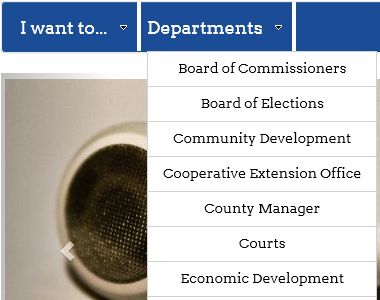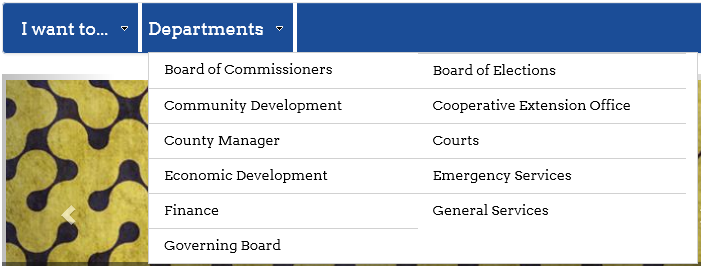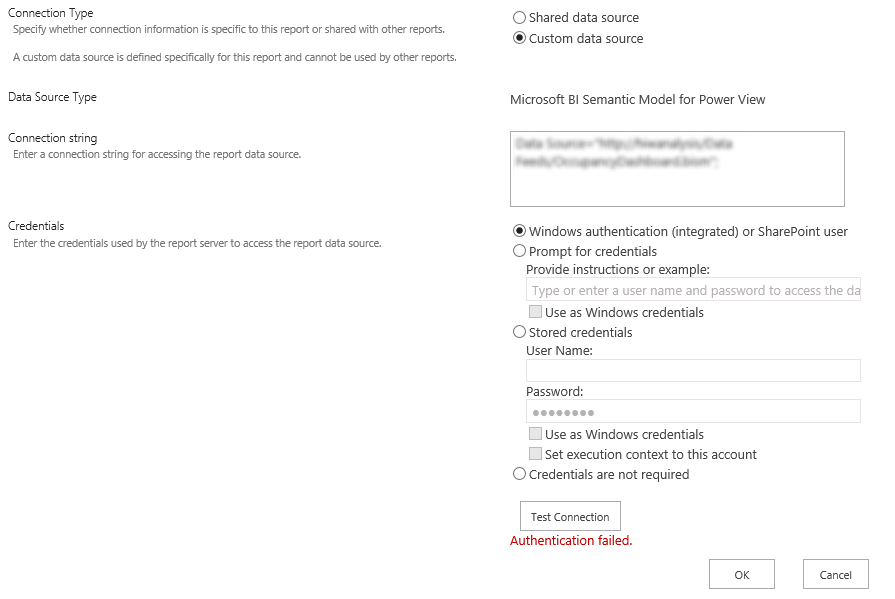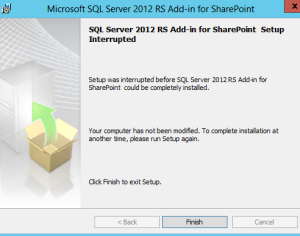According to Wikipedia, a midlife crisis is:
Midlife crisis is a term coined in 1965 by Elliott Jaques stating a time where adults come to realize their own mortality and how much time is left in their life.
I particularly like this supporting thought, that during this time, “people may reassess their achievements in terms of their dreams.”
I went to university in the late 1990s, a time when the Internet was emerging and the geek stereotype was being shaken off. In those days, coding for a living wasn’t quite fully mainstream, but for those of us to pursued it, we had a promising and potentially lucrative career ahead of us. Job prospects were strong, and it wasn’t unusual to have multiple opportunities to consider, with above-average pay, upon graduation. At that time, I dreamed of being the guy who came up with new three-letter-acronyms and writing definitive works on a subject.
A lot has changed in the past 20 years. Coding today is mainstream, talked about in the media, promoted to children. Tech success stories are commonplace, and we can’t possibly imagine a world without Google, Facebook, and Amazon. And I, like many of my peers, find myself no longer on the bleeding edge of tech, but instead spending my time supporting and building run of the mill business apps.
In this new environment, developers (I posit) have reached nearly commodity status. There are lots of us. The supply curve has changed, and while demand is still strong (the Bureau of Labor Statistics projects 22.8 percent employment growth for software developers between 2012 and 2022, much faster than average for all occupations. During that time period, an estimated 139,900 jobs will need to be filled) it’s harder and harder to distinguish oneself from their peer group.
Additionally, the rise in new, more glamorous technologies such as mobile apps have pinched career developers in to choosing a path in which to invest their time, training, and focus. Do we stick with the stable corporate job, or jump ship for the hip new startup?
In short, we face a mid-career crisis.
One day you wake up and suddenly feel like all the cool kids are doing fancy mobile apps and you’re stuck in the belly of the corporate beast writing TPS reports. Or maybe you go to a Code Camp or conference and instead of getting rejuvenated you get depressed over all the tech that you’ll never be able to use in your job because the opportunities don’t present themselves. In short, the crisis strikes, and when you reassess your achievements in terms of your dreams, you feel like you’ve come up way short.
I know I’ve felt this way.
And here’s how I overcome it. It’s not quite like going out and buying a red convertible, but these things serve to give me a boost.
Sign up to give a presentation or user group talk.
One of the more rewarding things I have done in the past couple years is preparing talks for local user groups. The key? Always selecting a topic that I hardly know anything about. In doing so, I create a condition for myself to learn with a deadline, powered by the fear of embarrassment. This has been a great way for me to immerse myself in the tech topics I wouldn’t otherwise get to use in my day job.
Start a side project.
If your day job isn’t giving you the opportunities you want, then consider a hobby project that can be a sandbox for you to try things out. For me, HomeSpot HQ is that project – and it routinely gives me a place to try and incorporate the hot new things.
Start mentoring
Rather than bemoan the next generation of developers and how easy they have it, why not invest in them. Help teach them strong principles that make life as a developer better. You know, things like SOLID and DRY. Or how to write good code comments. Many areas have tech summer camps that would love volunteers to help campers learn the ropes.
Take a Twitter sabbatical
The main channel by which I hear about all the things everyone else is working on is via my Twitter feed. But sometimes there are days when having those constant reminders is downright depressing. In that moment, fire a Ctrl-F4 or Command-W to blow that tab away, and find a moment to stop comparing yourself to everyone else. Chances are, they have been (or will be) in the same place in their career.
Commiserate with others
Want to feel better about your situation? Go talk with one of your peers and hear their story. Again, it’s pretty likely they have been through the same crisis moments, and probably have some insight about how to cope constructively. Or, they might have a horror story to tell that proves again the grass isn’t always greener. Who knows, maybe that conversation will propel you to take action!
If your achievements and your dreams aren’t matching up, remember that you can change either side of that equation. Still, there are endless opportunities to achieve waiting out there for you. You just have to decide to go after them.
Photo credit:https://commons.wikimedia.org/wiki/File:MX-5_Red.jpg




















